Every week -- often with your help -- Food52's Executive Editor Kristen Miglore is unearthing recipes that are nothing short of genius.
Today: A foolproof prime rib recipe with a multitasking herb rub -- plus a technique that you can use on just about any hunk of meat for beautifully even roasting.
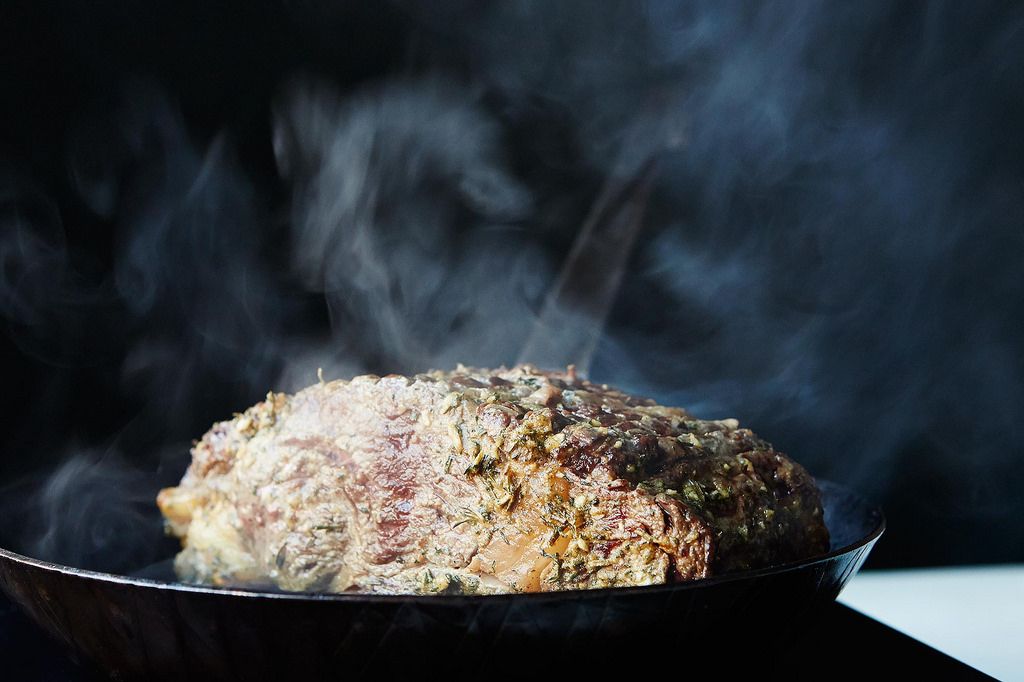
The standard protocol for cooking big slabs of meat has always been to sear first, and then slow everything down in the oven to finish cooking through. This genius method will do precisely the opposite, and will give you juicier, more evenly-cooked meat with almost no possibility of failure. And it can be out of the oven up to two hours before dinnertime.
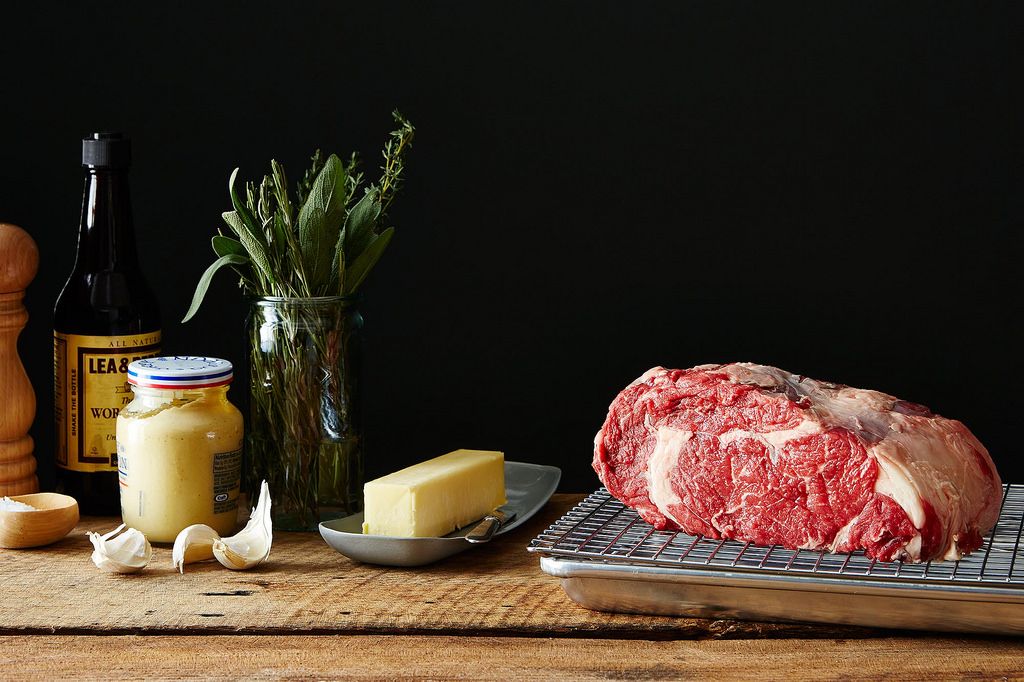
This technique, called reverse-searing, is so much more relaxed -- and has so many other perks -- it makes me wonder why we've always done it the other way. Because of the rumor that searing seals in the juices? (Denied.) Because we get anxious when we see un-browned meat, to the point we compulsively apply Maillard reactions? Or because we assume that this order protects us from overcooking, if we're not adding a sear on top of something that's already, ostensibly, done?
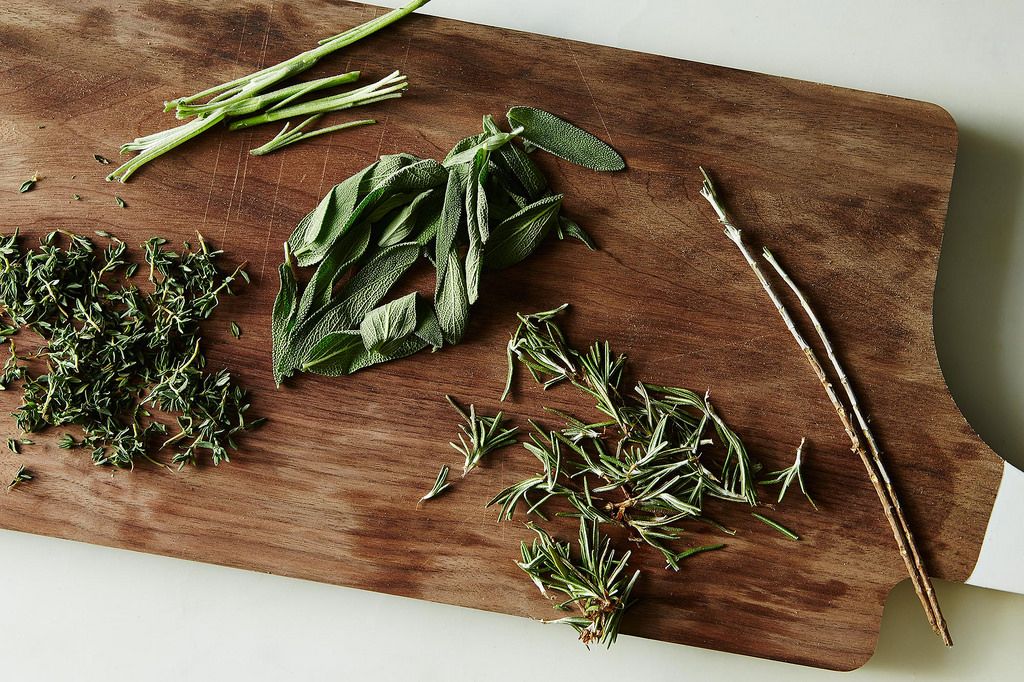
Luckily we have Lynne Curry, the author of grassfed beef cookbook and manifesto Pure Beef, to show us how much better we could have it. This recipe first appeared in the December issue of Fine Cooking magazine in an article called "Sear Genius" (on the site, "A Genius Method for Cooking a Holiday Roast") -- it's almost like they were daring me not to cover it. (By the way, if you are the kind of person who is dedicated to always becoming a smarter cook, you should be subscribing to Fine Cooking.)
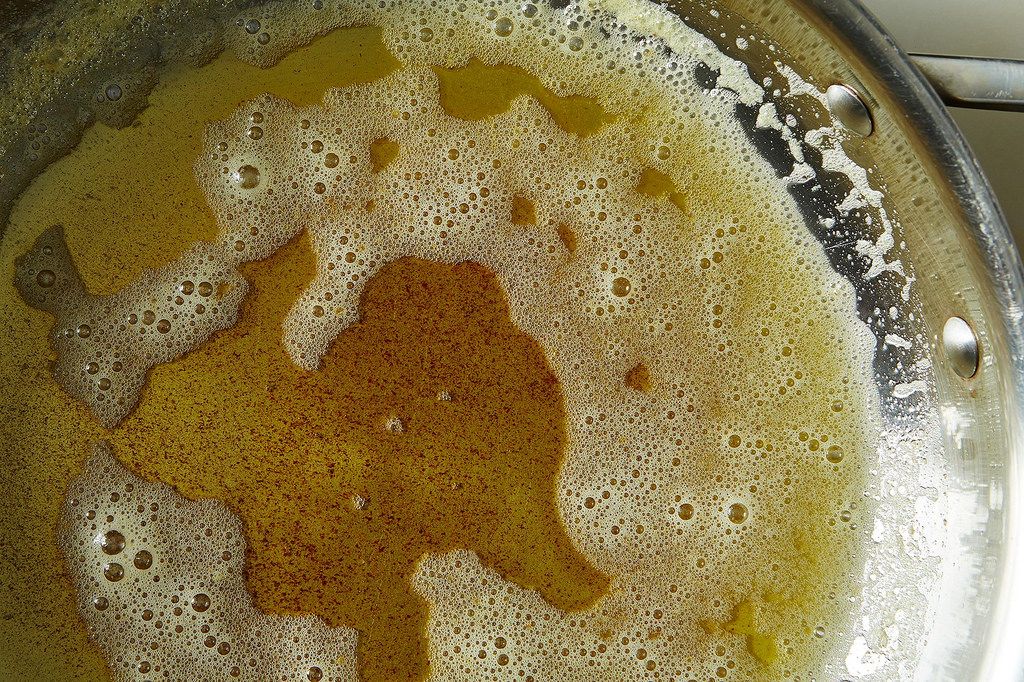
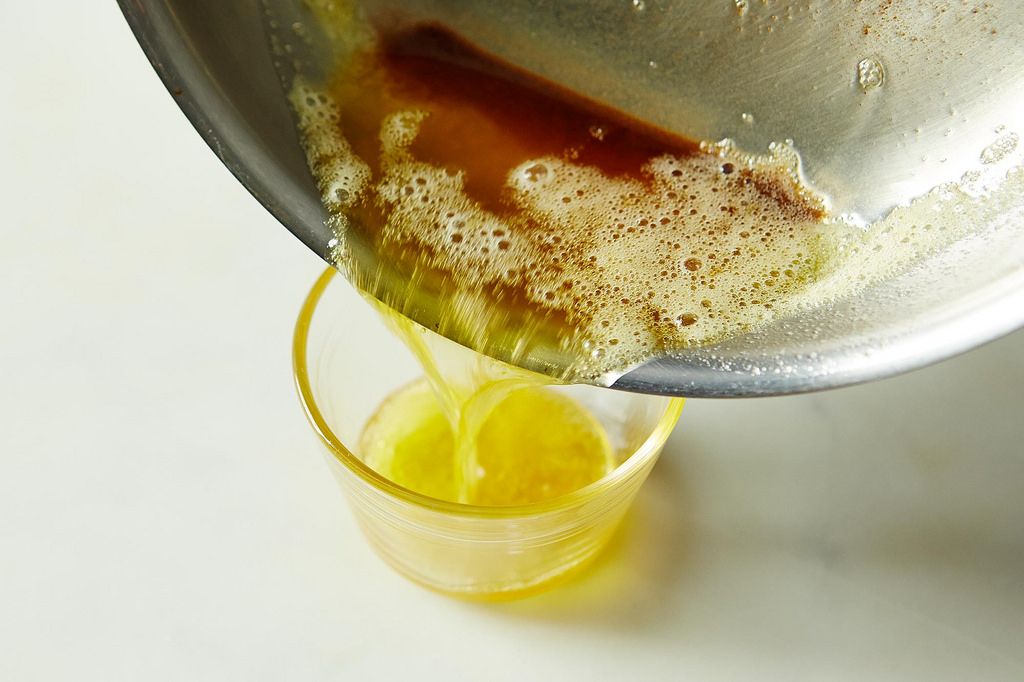
Here's how it works: You roast it slowly until it gets within throwing distance of your desired doneness (about 15° F below). Then, with full USDA approval, your almost-done roast can sit for up to two hours while you use the oven for baked potatoes and kale gratins and chocolate cakes. Only just before serving, you sear it -- at full blast in the oven, or on the stovetop, or even on the grill -- for a crisp, handsome crust over rosy, juicy meat, edge to edge. No resting necessary.
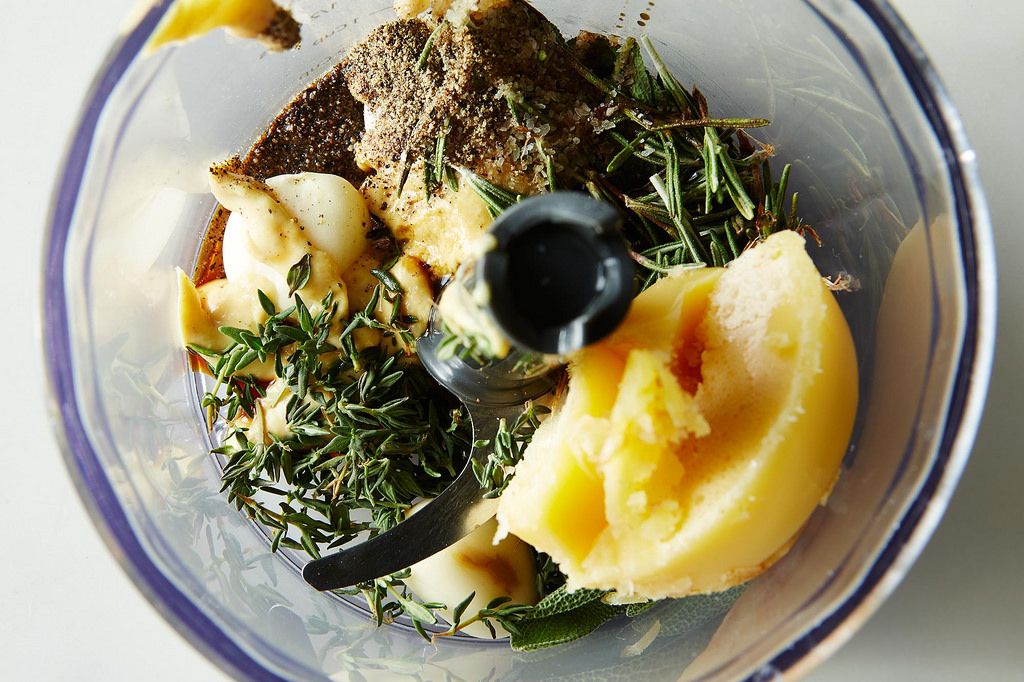
How does this method make for such even cooking? The answer is twofold: First off, slow cooking gives the whole thing more time to come up to temperature gently, without overcooking the exterior. But moreover, since the surface is already warm, you can brown it for less time and still get the same caramelization -- which means you won't end up cooking the meat below the surface to well-done in the process.
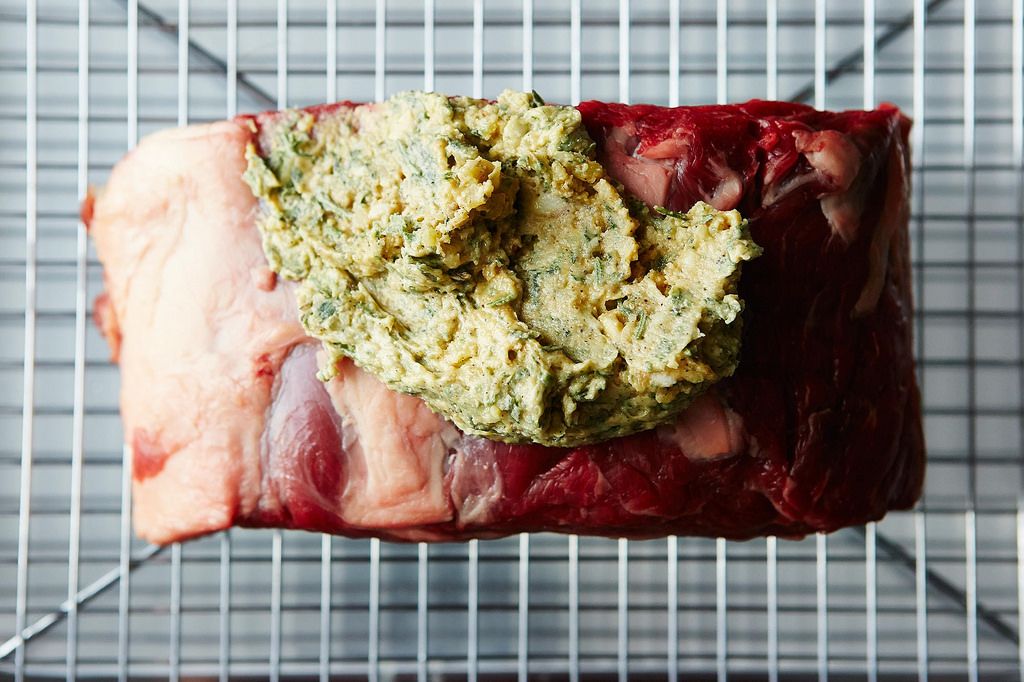
Over on Fine Cooking, Curry offers recipes for 3 different cuts -- top loin roast, beef tenderloin, and boneless rib roast -- with 3 different rubs and sauces. You can mix and match, which makes sourcing easy: If you can't find one cut (or if you realize that your local store charges $40/pound for grassfed boneless rib roast) you can pivot.
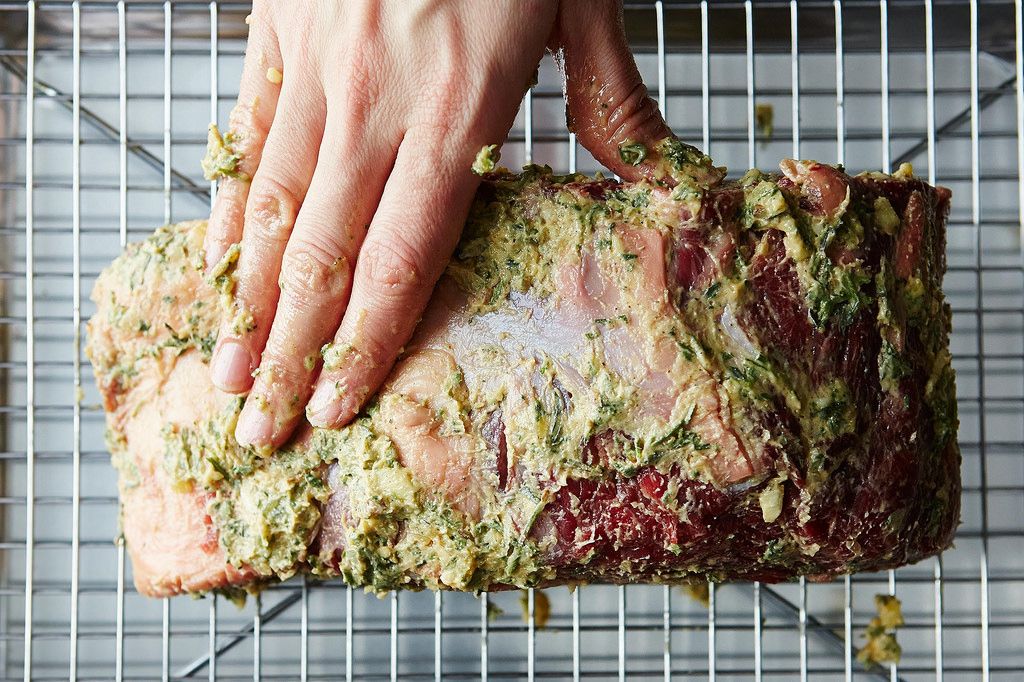
I chose this one because you don't need to make an extra sauce. It doubles down on a mustardy compound butter -- half is rubbed on before cooking, half gets served at the table (and if any is leftover, it gets smeared on cold roast beef sandwiches the next day).
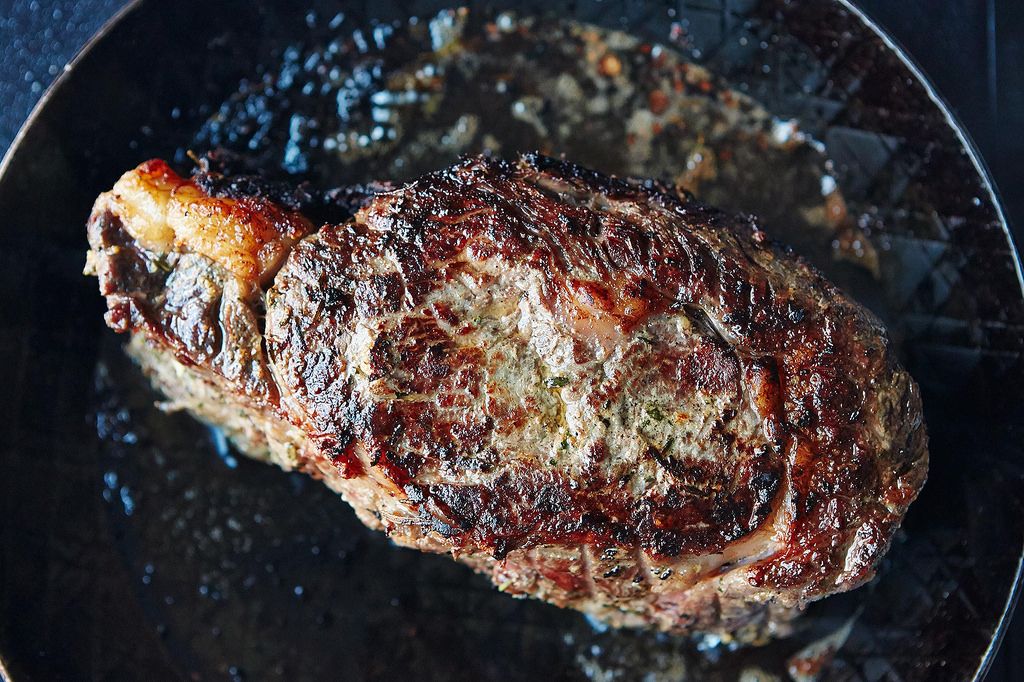
But the usefulness of this technique goes well beyond these three recipes. Curry told me it can be used "across the board, across species" for any lean, tender cut of beef, pork, or lamb -- so long as you trust the thermometer and not time (so be sure you have a good one).
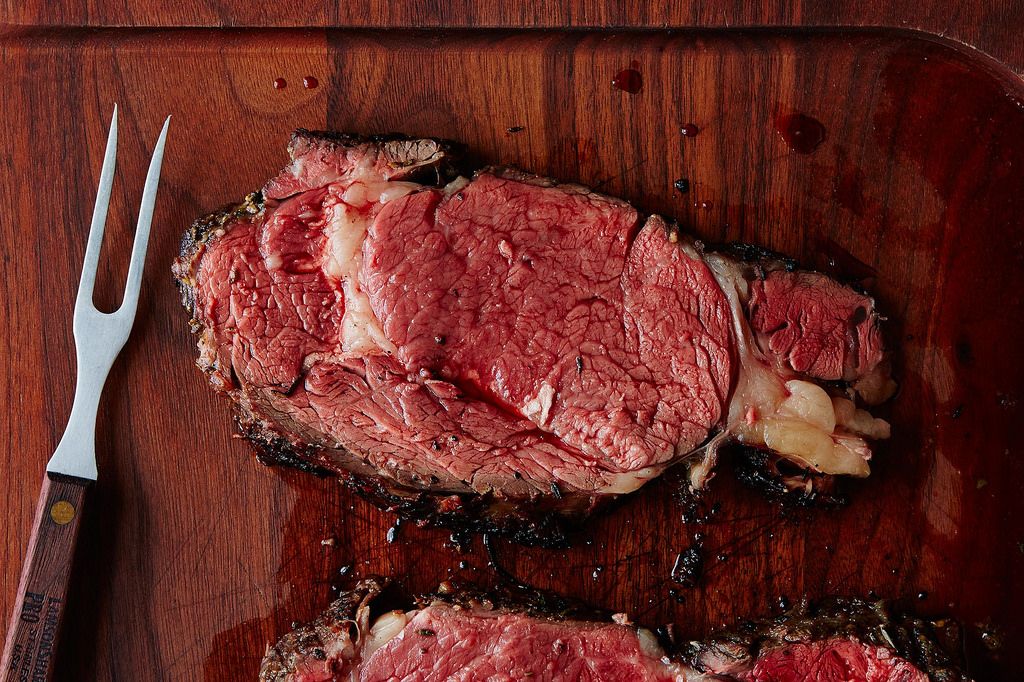
Because the method is so flexible (and searing can be hands-off), the recipe can also be halved, or scaled up exponentially. "I once cooked prime rib this way for 200 people," Curry wrote in Fine Cooking. "And there was only one problem: I didn’t have enough well-done pieces because even the ends of the roast were pink."
But everyone you're serving will appreciate medium rare, right?
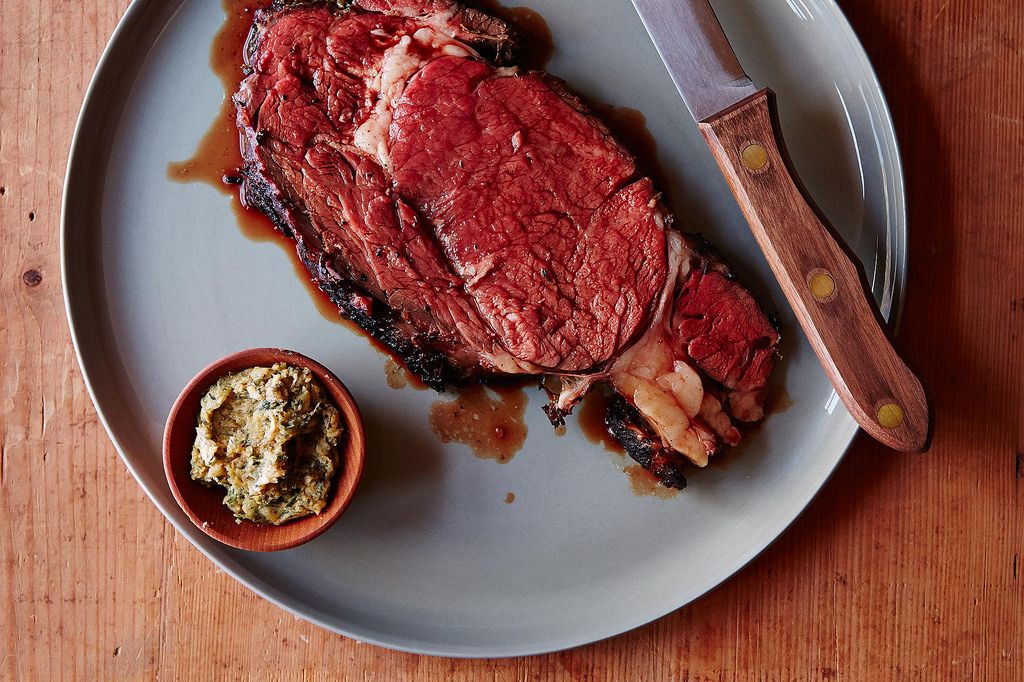
Lynne Curry's Prime Rib with Mustard and Herb Butter
Adapted slightly from "Sear Genius" by Lynne Curry (Fine Cooking, December 2014)
Serves 8 to 10
For the Mustard and Herb Butter:
4 ounces (1/2 cup or 1 stick) unsalted butter, cut into chunks
6 medium cloves garlic
1/4 cup loosely packed fresh rosemary leaves
1/4 cup loosely packed fresh sage leaves
1/4 cup loosely packed fresh thyme leaves
1/4 cup Dijon mustard
1 tablespoon Worcestershire sauce
Kosher salt and freshly ground black pepper
For the Prime Rib:
One 5- to 6-pound boneless beef rib roast, patted dry
Mustard and Herb Butter
2 tablespoons olive oil, if needed for searing
See the full recipe (and save it and print it) here.
Got a genius recipe to share -- from a classic cookbook, an online source, or anywhere, really? Please send it my way (and tell me what's so smart about it) at kristen@food52.com.
Photos by Mark Weinberg













See what other Food52 readers are saying.